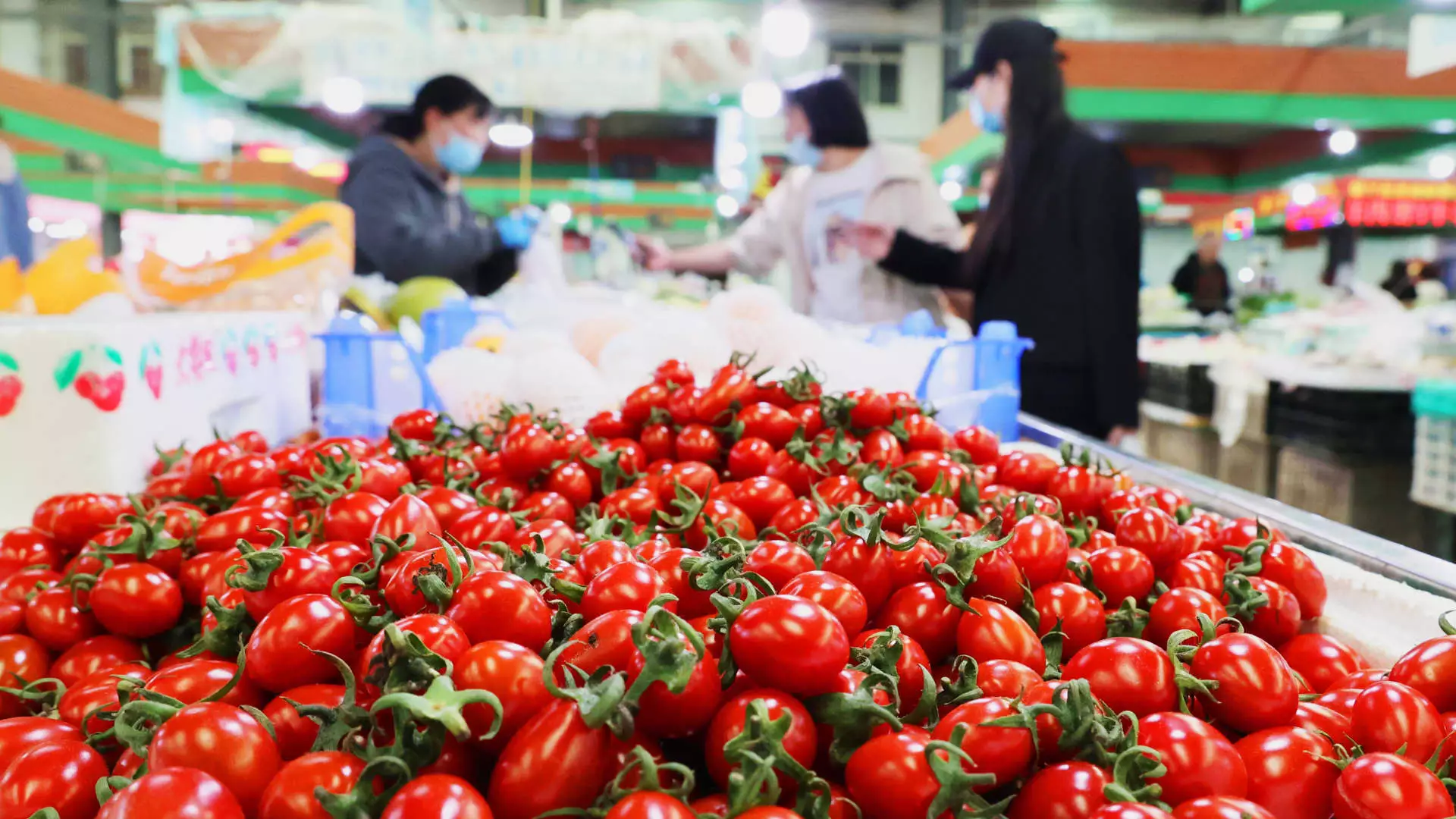As we delve into the complexities of China’s economy, recent data highlights a concerning trend. In October, consumer prices experienced their slowest growth in four months, reflecting a deeper underlying issue within the economic framework. While the government has introduced a massive stimulus package worth 10 trillion yuan (or approximately $1.4 trillion), concerns abound regarding its effectiveness in revitalizing the economy. Despite the effort to alleviate burdens associated with local governments’ hidden debts, many experts argue that these measures may fail to generate the immediate boost in consumption and demand that the nation desperately needs.
The Consumer Price Index (CPI) saw a modest increase of 0.3% year-over-year in October, a decline from September’s 0.4%. This marks the lowest inflation rate since June, falling short of the 0.4% increment anticipated by analysts in a Reuters survey. Interestingly, core inflation—which excludes unpredictable food and fuel costs—inched up to 0.2%, slightly accelerating from September’s 0.1%. Bruce Pang, chief economist at JLL, attributes this slow progression in consumer pricing to the Golden Week holiday, underscoring that the recently introduced stimulus policies have yet to make a tangible impact on domestic demand.
With the real estate sector, historically a cornerstone of economic vibrancy, facing significant challenges, consumers are holding their finances closely. According to recent estimates, roughly 70% of household wealth is tied to the stricken real estate market, leading to heightened cautiousness among consumers and accentuating deflationary trends within the broader economy.
Compounding the issue, producer prices in China continue to exhibit alarming trends. In October, the Producer Price Index (PPI) decreased by 2.9% year-over-year, indicating a deeper decline than the 2.8% drop seen in September. This significant slide is the steepest witnessed in over 11 months, affecting various sectors including petroleum extraction, automobile manufacturing, and chemical products. As companies grapple with lower prices and margins, the overall economic atmosphere feels increasingly pressured, jeopardizing any potential upward trend in activity.
Recent comments from Lan Foan, China’s Finance Minister, suggest that more stimulus measures are on the horizon, particularly aimed at supporting the housing market and bank recapitalization efforts. However, these announcements instill little confidence among investors, who had anticipated aggressive moves aimed directly at augmenting consumer spending and stimulating economic activity.
Looking ahead, analysts from Goldman Sachs predict that headline consumer inflation in China will hover around 0.8% throughout the following year. Furthermore, they forecast that producer prices may not revert to an uptrend until the third quarter of 2025. This stagnation could hamper growth as consumers remain wary of spending amidst ongoing economic instability, holding back potential recovery.
As local governments embark upon resolving hidden debt issues rather than implementing more direct fiscal policies, the overall economic impact appears limited. As noted by Zhou Maohua from China Everbright Bank, despite potential benefits from counter-cyclical adjustments, substantial improvements in consumption and investment are unlikely unless robust stimulus efforts emerge.
China’s current economic posture is characterized by sluggish consumer price growth and a pronounced decline in producer prices, prompting serious concerns about the efficacy of governmental stimulus measures. As the top legislative body deliberates further policy implementations, the hope remains that these strategies will be robust enough to foster renewed consumption and overall economic vigor. However, with critical challenges inherent in the real estate market and cautious consumer sentiment dominating the landscape, the road to recovery may be longer and more complex than anticipated. It invigorates the discourse around the need for strategic policy-making that stimulates demand effectively while addressing systemic issues within key sectors of the economy.


Leave a Reply